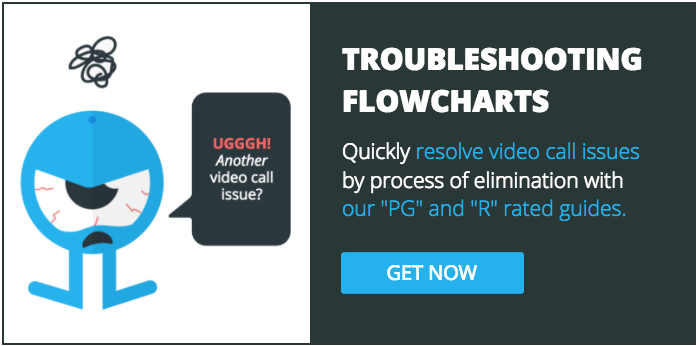With teams increasingly going global, staying connected in today’s world is as important as ever. Unified communications (UC) engineers are tasked with the arduous responsibility to ensure that people can communicate and connect on a call, no matter the location. When teams can’t connect it’s up to the UC engineer to figure out what went wrong and how to fix it — no easy feat. If a connection drops, not only is time wasted, but the organization’s bottom line is at risk because after all, time lost is money wasted. If a UC engineer can use CDR data it becomes an extremely beneficial tool to use to make their job easier and more efficient.
One of the most important tasks of a UC engineer is to coordinate with IT teams to execute enterprise wide collaboration projects. So, when a connection goes wrong, it falls within their realm to own the issue and figure out what went wrong.
What is CDR?
A call detail record (CDR) is a data record produced by communications equipment that documents the details of the telephone call or communications transaction (e.g., video call) that passes through that communications device. Each CDR contains very valuable information including, time, duration, completion status, source number and destination number.
CDR Data Analysis and Reporting
CDR data holds much more value to a UC/solutions engineer if broken down even further by a CDR reporting and analysis solution. A valuable CDR reporting and analysis tool unveils pertinent CDR data such as:
- Identification of the equipment being used to make the connection
- Unique sequence number identifying the record
- Disposition or results of the call – did the call connect?
- Route by which the call entered and left the exchange
- Any fault condition
- Call quality
By utilizing an analytics and reporting solution, like Vyopta, users get real-time alerts and monitoring to not only fix issues faster, but help improve the overall user experience. For example, if a user is experiencing difficulty, UC engineers can immediately pinpoint and diagnose quality issues, device status and capacity across an organization’s entire network. Typically, this type of turn-around would normally take a day or two to retroactively understand the issues.
Any UC engineer will agree, fixing a connection is difficult to do when you have to wait until the call is completed to do anything. But, once it’s fixed it’s important to build off of those issues so that it doesn’t happen again. Using a solution like Vyopta allows users to easily share charts and reports that ensure everyone in the IT or UC engineering department is on the same page, resulting in a more efficient opportunity to solve problems instantly by sharing data.
Without the type of insights a quality CDR analysis and reporting tool can provide, UC engineers are left scrambling and piecing together what the problem could have been if a connection is lost or not made at all. This in turn takes time and at the end of the day, time lost is money spent and an organization’s bottom line could be significantly impacted. After all, guesswork is a costly endeavor that every organization should strive to move away from.
Ready to see how Vyopta can help you troubleshoot your UC environment faster and more efficiently? Learn about our product solutions or contact us for a personalized assessment.






